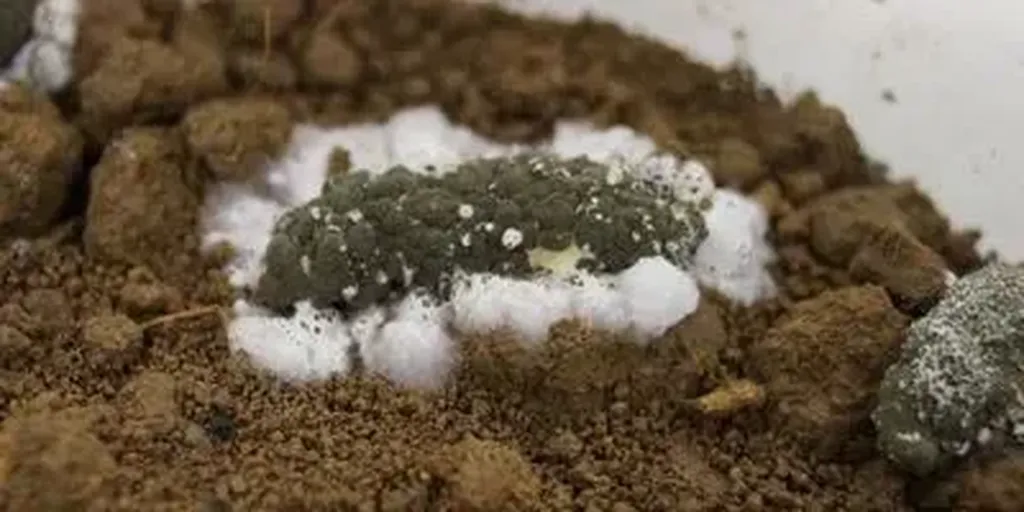In the rolling fields of Bihor County, Romania, a three-year study has uncovered crucial insights into the dynamics of corn pest populations in organic and conventional farming systems. The research, published in *Caraka Tani: Journal of Sustainable Agriculture*, sheds light on how crop rotation, particularly the inclusion of soybean, influences pest persistence and abundance in subsequent corn crops.
The study, led by Ioana Grozea from the Department of Biology and Plant Protection at the University of Life Sciences “Regele Mihai I” in Timişoara, monitored adult populations of both specific and non-specific pests in corn following a soybean rotation. The findings reveal a significant disparity in pest pressure between organic and conventional systems. In 2022, organic plots showed an average of 1,825.75 specific pests compared to 625.25 in conventional plots. This trend continued and even intensified by 2024, with organic plots recording a staggering 5,279.67 pests, highlighting the need for enhanced pest management strategies in organic systems.
“These results underscore the importance of tailored integrated pest management (IPM) approaches for organic farming,” Grozea noted. “The higher pest pressure in organic systems suggests that farmers need to be more vigilant and proactive in monitoring and controlling pest populations.”
The study also explored the impact of soybean as a preceding crop. While pest levels decreased moderately across the organic rotation, indicating a partial suppressive effect of soybean, this effect was absent in conventional plots. This finding has practical implications for rotation planning, suggesting that soybean could play a role in managing pest carryover in organic systems.
The commercial implications of this research are significant. For organic farmers, the higher pest pressure means increased costs and effort in pest management. However, the study also offers a glimmer of hope. By understanding the dynamics of pest populations, farmers can make informed decisions about crop rotation and pest control strategies, ultimately improving yields and reducing losses.
As the agriculture sector continues to grapple with the challenges of sustainable farming, this research provides valuable insights that could shape future developments in the field. By integrating these findings into their practices, farmers can enhance the resilience of their crops and contribute to a more sustainable agricultural future.
In an era where the demand for organic produce is on the rise, this study serves as a timely reminder of the complexities and challenges that come with organic farming. It also highlights the need for continued research and innovation in pest management strategies to support the growth and success of the organic agriculture sector.

